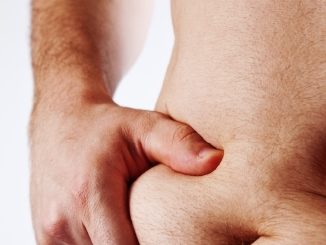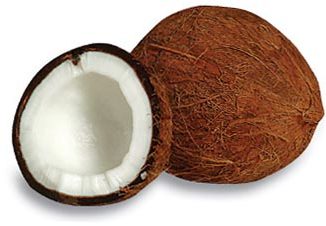
A calorie is the amount of energy that is required to raise the temperature of 1 gram of water by 1 degree Celsius. Physics students will be able to understand this definition; however, what we are interested in here is an understanding of calories in the context of the food that we eat.
What are calories?
Most of us use the term calories fairly often; a calorie is the amount of food that is required to produce enough energy to raise the temperature of 1 gram of water by 1 degree Celsius. In most cases, when we refer to calories with regards to food, we are indeed talking about kilo calories.
Each of the foods that we consume has a calorific content associated with it. This is the amount of energy that the food provides the body when digested. The number of calories that adults and children need to intake each day has been recommended by the FDA. These figures differ based on the age, height, weight and activity levels of the individual.
There are various calorie calculators that you can find online to help you in estimating a range of calories that you should be consuming. Advanced calculators can also help you arrive at the proportions that you should be getting from various food categories.
How many calories do we need each day?
The number of calories that you should consume each day also depends on whether you are targeting weight loss, weight gain or maintenance. It is obvious that if you are targeting weight loss, then the number of calories that you consume should be lower than the calories that you burn each day.
The Harris Benedict principle can be used to calculate the basal metabolic rate, and once you know your basic metabolic rate, it gives you the amount of calories that you necessarily need for your body to function properly.
Factors such as age, weight, height and gender dictate what your basic metabolic rate can be.
The basic metabolic rate for adult men and women can be calculated by using the formula:
- Men 66 + (6.3 x weight in pounds) + (12.9 x height in inches) – (6.8 x age in years)
- Women 655 + (4.3 x weight in pounds) + (4.7 x height in inches) – (4.7 x age in years)
Your level of activity then needs to be factored in.
Based on whether you have a sedentary, light active, moderately active, very active or extra active lifestyle you will need to multiply your BMR. This will give you the basic minimum number of calories that you should eat in a day.
However, if you want to lose weight, you will need to ensure that you consume lower number of calories or increase your metabolic rate further.
A pound of fat contains about 3500 calories (kcal). Therefore, if you want to lose a pound in a week, you will need to ensure that the intake of calories is 500 less than the calories that you burn each day. Reducing the intake of food is likely to bring down the BMR to lower levels and therefore, the best way to reduce weight is to start to burn fat.
The best calorie burning exercises
While you burn some calories all the time, irrespective of what you do, there are some activities and sports that can help you burn more calories in a shorter period of time.
- Running at 5 mph may help you burn 550 calories in an hour
- Running at 10 mph will burn 1125 calories in the same time
- Intense squash practice can help you burn 850 calories in an hour and this is considered to be one of the best fat burning exercises
- Skipping with a single rep (without the double bounce) can also burn about 360 calories in half an hour (720 calories in an hour)
- Kickboxing, rowing, cross country skiing or biking and aerobics are other quick calorie burning activities that you can adopt




Be the first to comment